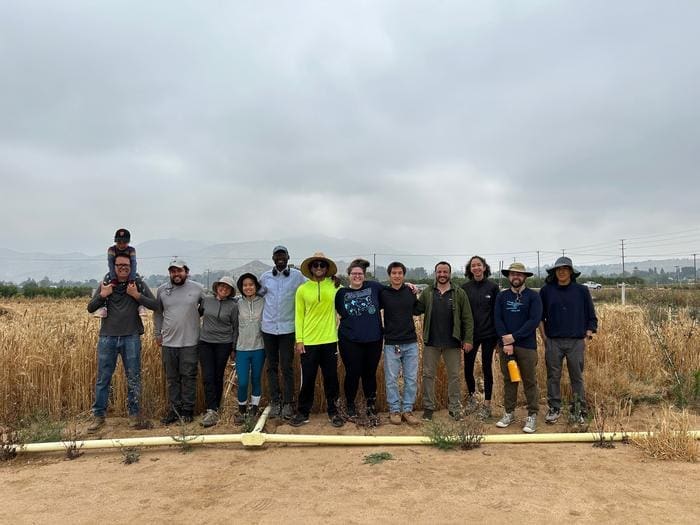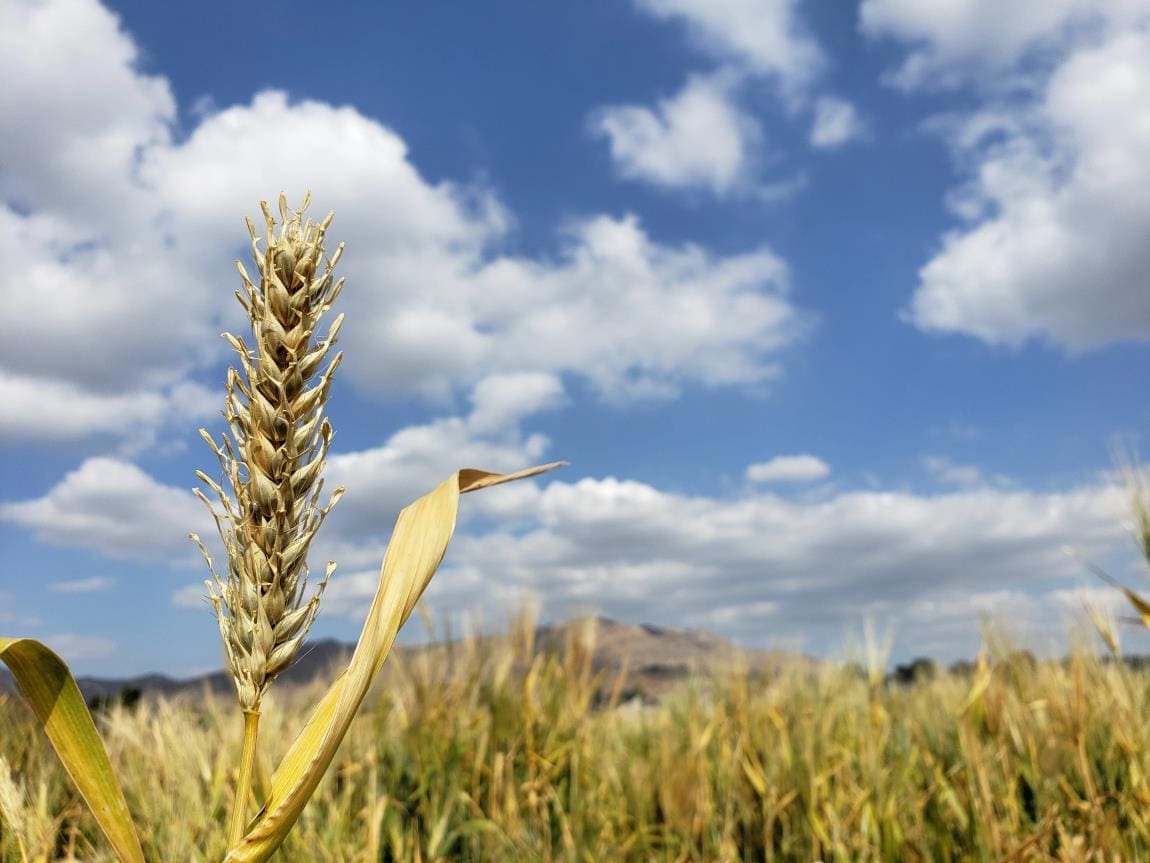A century-old experiment, initiated before the Great Depression, has led scientists to uncover the genetic keys behind barley’s remarkable adaptability. This discovery could safeguard barley, a key ingredient in beer and whiskey, ensuring its survival amid climate change.
Barley, one of the world’s most important cereal crops, has been cultivated for over 12,000 years across diverse regions. Its spread from Asia to South America and Europe was fueled by random genetic mutations that allowed it to thrive in various climates. As climate conditions shift, understanding these genetic changes is critical for predicting which varieties of barley will endure higher temperatures, longer droughts, and more severe storms.
“Breeders have long understood the need to develop crops that were well tuned to their local environment,” said Dan Koenig, a geneticist at UC Riverside. “So, a century ago, they started this experiment in Davis, California with barley varieties from all over the world to identify those best adapted to local conditions.”

While early researchers lacked the tools to identify the genes responsible for barley’s success, modern technology now allows Koenig’s team to analyze tens of millions of genetic changes.
These genetic insights are detailed in a new study published in Science, where dozens of genes contributing to barley’s adaptability are identified.
Key among these is the ability to time the reproductive process, ensuring that barley flowers at the optimal time during the growing season. “Flowering either too early or too late means the plant won’t be able to produce seeds,” Koenig explained. “For crops to produce the maximum amount of seed, they must flower in a very narrow window.”
In places like California, where the dry season begins quickly after winter, plants must flower early enough to secure water for seed production. But flowering too early exposes them to frost. Koenig’s team identified several genes that regulate this timing, promoting early flowering while reducing late flowering.
This research, however, faced challenges due to the long duration required to observe genetic adaptations. Fortunately, Koenig and his colleagues accessed the Barley Composite Cross II experiment, started in Davis, California in 1929.
Over 58 growing seasons, barley varieties competed against one another, with the best adapted plants naturally outcompeting others. This ongoing experiment provided a unique ‘time machine’ to observe genetic evolution.
During this period, the population shifted from 15,000 genetically distinct plants to a single dominant lineage comprising 60% of the population – without any human intervention. “We were shocked by the amount of change that occurred over a short evolutionary time,” Koenig remarked. “Natural selection completely reshaped genetic diversity across the whole genome in just a human’s lifetime.”
The researchers plan to extend their studies to different climates, hoping to understand how flowering time and other traits may adapt to varying environments. Interestingly, despite natural selection increasing barley’s yield in Northern California by nearly double, it still fell short of what breeders could achieve with manual selection methods.
Koenig noted that yield might be constrained by competing traits, such as growth speed or plant height. “Growers want plants that make for friendly neighbors, but being friendly might limit adaptation to the environment,” he said.
Since barley is genetically similar to wheat, rice, and corn, the insights gained from this study could help other grains adapt to climate extremes. By using advanced technologies like CRISPR, scientists could potentially engineer crops that flower at optimal times, enhancing their survival.
“Barley’s ability to adapt has served as a cornerstone to the development of civilization,” Koenig emphasized. “Understanding it is important not just to keep making alcoholic beverages, but also for our ability to develop the crops of the future and enhance their ability to adapt as the world changes.”
Journal Reference:
Jacob B. Landis, Daniel Koenig et al. ‘Natural selection drives emergent genetic homogeneity in a century-scale experiment with barley’, Science 385, eadl0038 (2024). DOI: 10.1126/science.adl0038
Article Source:
Press Release/Material by University of California – Riverside (UCR)
Featured image: Barley growing in a field at UC Davis, part of a century-old biological experiment. Credit: Dan Koenig | UCR




